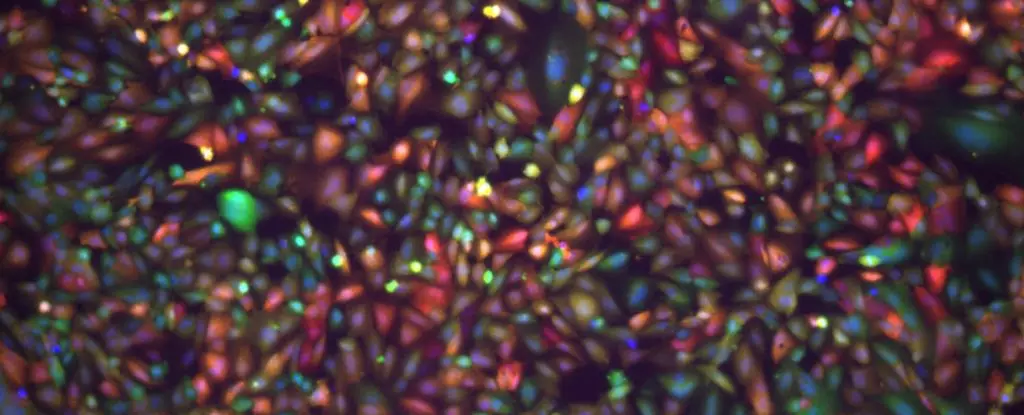The human brain, being the body’s most vital organ, is naturally protected from harmful pathogens and toxins. However, this extensive safeguard also makes it challenging for medical treatments to reach the central nervous system. The blood-brain barrier, often referred to as the brain’s “locked gate,” prevents more than 98 percent of small molecule drugs and virtually all large molecule drugs in the bloodstream from entering the brain. This poses a significant obstacle to finding effective treatments for neurological diseases. However, scientists from the University of Pennsylvania are making remarkable progress in overcoming this barrier.
Researchers at the University of Pennsylvania have developed a groundbreaking model of the blood-brain barrier in their lab. This model allows them to test the effectiveness of various drug transporters in breaching the barrier. The team specifically focuses on lipid nanoparticles, which are fat-soluble “packages” capable of carrying proteins, antibodies, and even messenger RNA. These lipid nanoparticles not only have the potential to transport treatments through the blood-brain barrier but have also played a pivotal role in the development of the mRNA vaccine for COVID-19. mRNA therapies hold immense promise in treating neurological diseases by replacing missing proteins or correcting faulty genes in the brain.
A Promising Proof of Concept
The University of Pennsylvania’s model of the blood-brain barrier has outperformed previous models in terms of its ability to facilitate drug delivery. Bioengineer Michael Mitchell describes it as an “exciting proof of concept” with the potential to revolutionize treatments for conditions such as traumatic brain injury, stroke, and Alzheimer’s disease. These treatments are desperately needed as only a small percentage of available drugs effectively target the central nervous system. Unfortunately, many medicines that do reach the brain through direct injection are limited in their effectiveness due to low diffusion rates within the organ.
Scientists have been studying lipid nanoparticles for years, recognizing their potential in delivering drugs to the brain. However, previous models were unable to accurately measure the amount of mRNA that successfully reached the central nervous system. Bioengineer Emily Han invested considerable effort in developing an optimal in vitro system, ensuring the use of appropriate cell growth conditions and fluorescent reporters to track the nanoparticles’ progress. Once the system was established, the team screened various lipid nanoparticles using laboratory dishes and selected five of the most promising candidates for further analysis in living mice.
The chosen lipid nanoparticles, labeled with fluorescent markers, exhibited significant transport across the blood-brain barrier during the experiments conducted on mice. Some of the medication carried by these nanoparticles generated a bioluminescent signal in brain cells as soon as six hours after injection. Although this success is encouraging, not all of the medicine reached the brain cells. This suggests that careful selection of drug carriers is crucial for future research endeavors.
Thanks to the advancements made at the University of Pennsylvania, the prospects for drug delivery to the brain are more promising than ever. The development of a functional model of the blood-brain barrier opens doors to innovative treatment approaches for various neurological conditions. With continuing research, scientists aim to fine-tune lipid nanoparticles as drug transporters, ensuring that effective treatments reach the brain. The breakthrough holds hope for improving the lives of countless individuals suffering from neurological diseases. As the understanding of the blood-brain barrier deepens, the possibilities for targeted therapies and advanced drug delivery methods become increasingly achievable.
The efforts of researchers at the University of Pennsylvania in developing a sophisticated model of the blood-brain barrier and exploring the potential of lipid nanoparticles represent a significant breakthrough in the field of drug delivery. Their work brings us closer to overcoming the formidable obstacle that has hindered the development of effective treatments for neurological diseases. While challenges remain, the future holds promising advancements that may transform the lives of millions affected by these conditions.


Leave a Reply